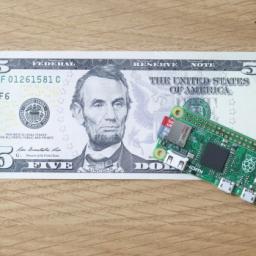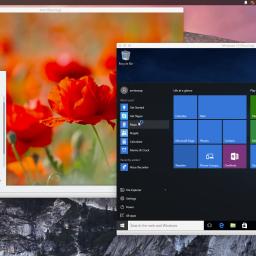Tiny FM transmitters deliver news and entertainment inside Syria
On the top floor of an old brick building in the heart of Berlin, a group of journalists and tech enthusiasts are working to spur the Syrian media revolution. Their weapon is an unassuming black case the size of a shoebox that allows opposition radio stations in Syria to transmit inside hostile territory. Dubbed PocketFM, the device is basically a low-powered radio transmitter. Coupled with a satellite dish to receive new programs, a car battery for power and a one-meter (three-foot) antenna, it can broadcast FM radio within a 5-kilometer (3-mile) radius. That's enough to cover a town or a city district, said Philipp Hochleichter, who oversees development of the device for the Berlin-based nonprofit organization Media in Cooperation and Transition.
The group has been training journalists in conflict zones for more than a decade and often relies on FM radio to reach populations in far-flung areas that don't have access to the Internet or smartphones. But when the group realized that shifting front lines and the brutal treatment of journalists meant operating large broadcast antennae could become too cumbersome or risky, it developed PocketFM. It's now being used to covertly broadcast in nine locations, including two that are controlled by the Islamic State group, said Hochleichter. Connected to a solar panel, a PocketFM transmitter can theoretically work autonomously for long periods of time.
http://www.voanews.com/content/berlin-group-makes-tiny-transmitters-for-syria/3113277.html
The group has been training journalists in conflict zones for more than a decade and often relies on FM radio to reach populations in far-flung areas that don't have access to the Internet or smartphones. But when the group realized that shifting front lines and the brutal treatment of journalists meant operating large broadcast antennae could become too cumbersome or risky, it developed PocketFM. It's now being used to covertly broadcast in nine locations, including two that are controlled by the Islamic State group, said Hochleichter. Connected to a solar panel, a PocketFM transmitter can theoretically work autonomously for long periods of time.
http://www.voanews.com/content/berlin-group-makes-tiny-transmitters-for-syria/3113277.html



